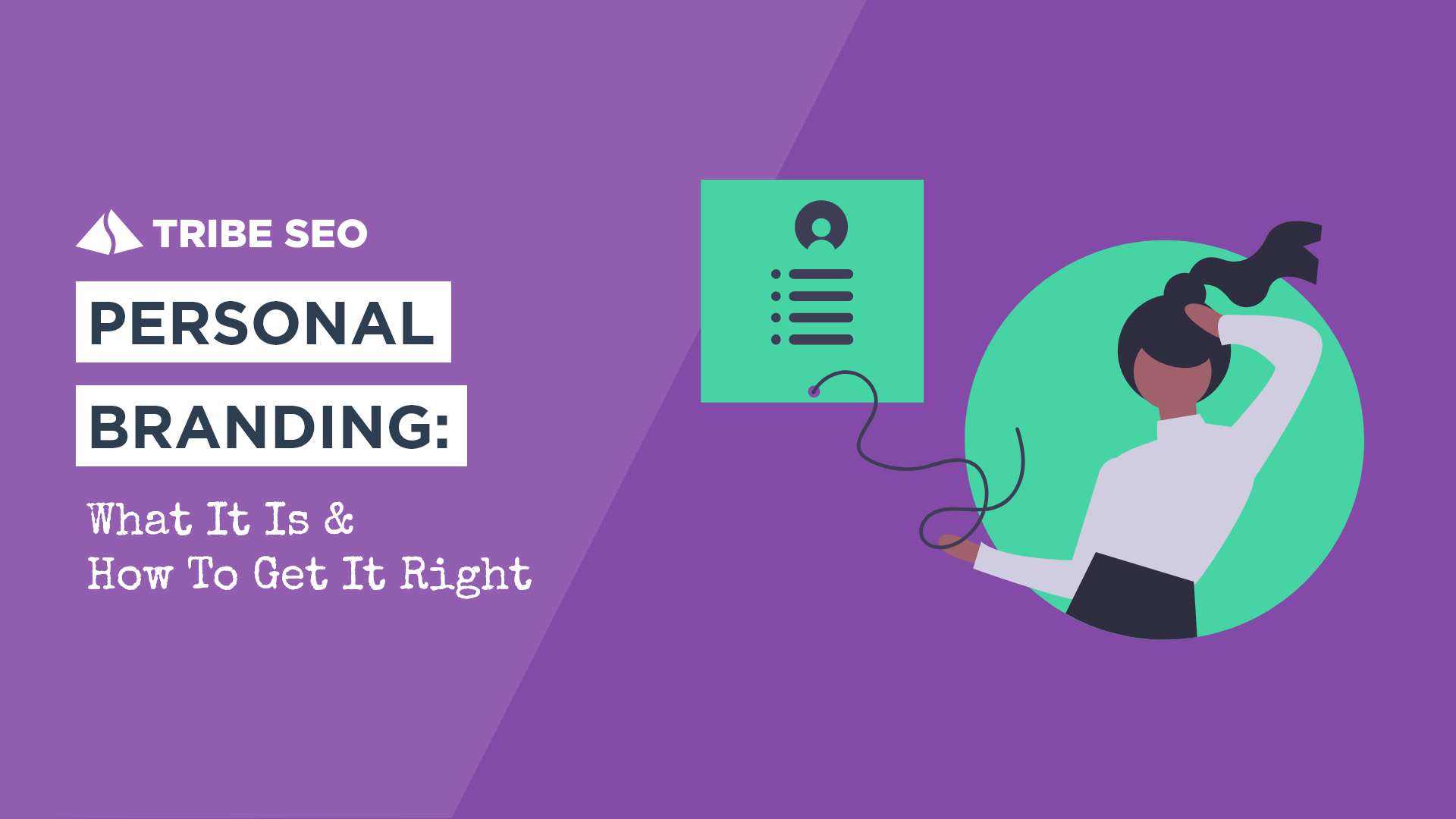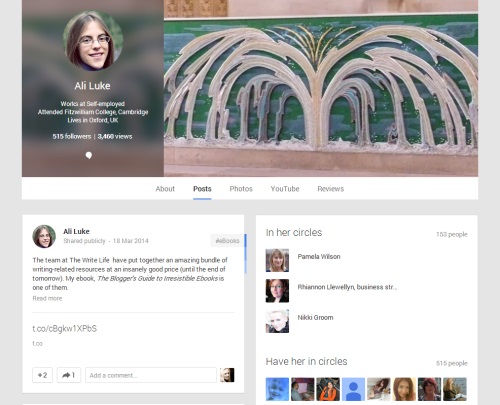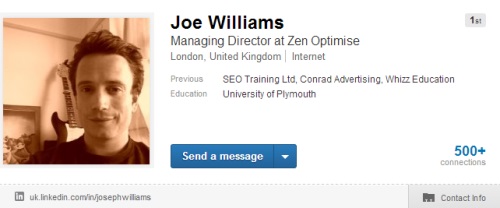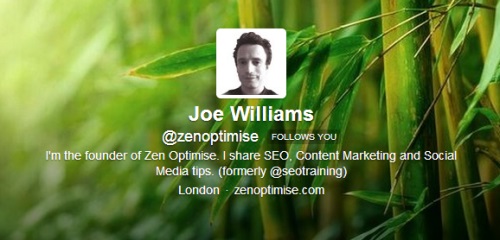
 Personal branding, also known as personal SEO or personal reputation management, is all about your presence on the first page of Google.
Personal branding, also known as personal SEO or personal reputation management, is all about your presence on the first page of Google.
With more than 90 per cent of all UK web searches now conducted via Google, maintaining a positive page one – the first thing interested friends or prospective clients will see when they use the search engine to look for you – is clearly a must.
– Claire Donnelly, Online reputation: the only asset worth protecting
When a potential employer, or a new business acquaintance, Googles your name – and they will! – what do they see?
You might want to take a quick check now…
Hopefully, you found some relevant links, like your LinkedIn profile or your blog. If your name didn’t provide any links to you, try “[your name] + online marketing” or “[your name] + SEO” (or whatever your speciality is).
Your goal is to dominate the first page of Google for your name. (If your name is an incredibly common one, or the same as a celebrity’s, then go for “your name + online marketing” or similar.)
If some negative results show up in the top ten – like poor customer feedback, or forum posts you wrote years ago that don’t give a good impression of you – then don’t despair. By taking a few simple steps, you can knock those results onto Page 2.
You don’t have to have your own website (though it helps!) or spend a lot of time on social networks in order to improve your Google presence.
Here’s what to do:

This really is crucial: Google, unsurprisingly, loves Google+. You also need a Google+ account in order to use the Authorship feature (see #2). The photo and name that appear on your account will show up against your content once you enable Authorship.
If you don’t plan to use Google+, you can at least fill out your profile, add a professional photo, and let potential employers / useful contacts know where they can contact you.
Even better, you could use your email, LinkedIn and Facebook contacts to build circles of friends on Google+. Find out who’s already using it and connect with them.

If you write anything for the web – whether it’s for your own site or someone else’s – it’s a great idea to link that content to your Google+ profile. That way, you’ll get your profile photo and your name prominently featured when your content appears in search results. (The number of circles you’re in will also be shown, so you may want to consider building a Google+ following in order to boost this.)
As you write more posts (with Authorship implemented), you’ll also build up AuthorRank – which is set to become a significant part of Google’s SEO algorithm.
Google has instructions on Authorship here.
While it’s certainly not compulsory to have a site of your own, it’s often very handy to have a piece of the web under your full control.
Your website will normally rank for your name quite easily, especially if the name is in the domain or sub-domain itself. You have full control over what goes on your site – and what stays off. An “About” page on your site can be a great way to put forward the best possible profile of yourself. If you ever write guest pieces for other sites, you can link back to your About page using your name – helping it to rank highly.
Having your own domain, rather than using a shared domain like blogger.com or wordpress.com also shows that you’re committed and that you take personal branding seriously. It could be well worth the investment (less than £10/year) to secure a professional-looking domain name.

Your LinkedIn profile should be as complete as possible, and should make a great impression on employers (see our LinkedIn guide here for help on that). Like other major social networks, LinkedIn typically ranks highly in Google.
The Google result for your LinkedIn page will pick up your location and title – so make sure that both are filled in, and check that your title does a good job of selling your skills.

Your Twitter name (e.g. Joe Williams) and username (e.g. @zenoptimise) will both appear in search results – so come up with a professional-looking username, or if you’re purely using Twitter on a personal basis, use a pseudonym to keep your profile from appearing in search results. Your bio will also show up here – make sure that it’s complete, and up to date.
If you don’t want to use Twitter on a regular basis, simply put up a single tweet along the lines of “I don’t use Twitter, but you’re welcome to contact me at [your email address / your website URL].”

On Google, all that will appear of your personal Facebook account is your name and a link to your profile, as shown above. Make sure that you have appropriate privacy settings in place, though – try clicking through yourself on your Facebook link while logged out to see what others see. You don’t want embarrassing photos or silly comments showing up publicly.
Keep in mind that your profile image will show up, so make sure it’s just of you (or you with some career-appropriate prop, like my notebook above). Avoid photos of your baby, your dog, you and your best mate, or you with a giant bottle of Smirnoff Ice.
It doesn’t matter whether or not you use Facebook much (employers are unlikely to want to add you as a friend) – the point here is to take advantage of Facebook’s Page Rank so you can dominate the first page of Google results. As with LinkedIn, it’s a good idea to customise your Facebook’s URL – there’s guidance on this here.
An online reputation is notoriously prone to the tarnish of outdated or contentious information, of the sort which is now the subject of proposed EU rules concerning the so-called “right to be forgotten”. Google’s search algorithms can make stuff seem more current or valid or relevant than it is.
– Tim Dowling, Search me: online reputation management, The Guardian
Personal branding isn’t only about page one of Google – though that may well be all you need to think about for now.
As you go further in your online marketing career, keep in mind that everything you write online may be visible for far longer than you intended. That silly tweet you sent last week might show up when an employer is looking for you. Those angry comments you left on an obscure blog might come back to haunt you if that blog suddenly becomes more popular.
You might want to set up separate email addresses for business and personal use. This means you can:
We’re not suggesting that you censor yourself or avoid ever giving an opinion – but do consider how you want employers and clients to see you, and keep that in mind as you build your online presence.
Got questions – or tips to share? Let us know in the comments.
Designed, Built and Optimised by Joe the SEO
© Tribe SEO is a registered UK Company (# 07455058). Privacy Policy and Terms.
This site is protected by reCAPTCHA and the Google Privacy Policy and Terms of Service apply.